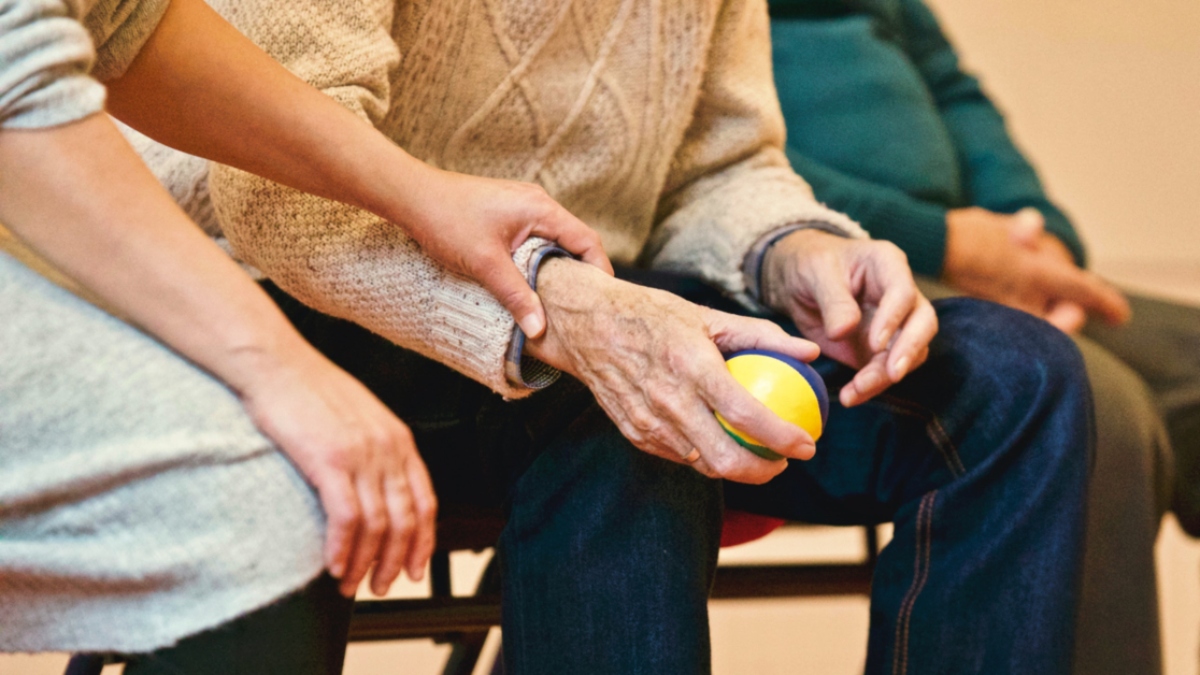According to the Shepherd Center, approximately 17,500 people in the United States sustain a spinal cord injury each year—that’s 48 new injuries per day.
A spinal cord injury, or SCI, is defined as “damage to the spinal cord that results in a loss of function, such as mobility and/or feeling,” and they can be classified as either “complete” or “incomplete.” A complete SCI occurs when all feeling and ability to control movement below the injury is lost; an incomplete injury SCI occurs when the sufferer remains some motor or sensory function below the injury. There are varying degrees of incomplete SCIs, depending on the amount of feeling and motor function retained.
How could I get a spinal cord injury?
According to the MayoClinic, the most common causes of spinal cord injuries in the United States include:
- Motor vehicle accidents: Auto and motorcycle accidents account for almost half of new spinal cord injuries each year, making it the leading cause of SCIs
- Falls: Over the age of 65, SCIs are typically caused by a fall. Overall, falls account for approximately 31% of SCIs
- Acts of violence: Gunshot wounds and knife wounds represent approximately 13% of SCIs
- Sports and recreational injuries: Approximately 10% of SCIs are caused by sports or recreational activities, like impact sports such as football or diving into shallow water
- Alcohol: The use of alcohol plays a role in approximately 1 in 4 SCIs
- Disease: Certain diseases—such as polio, cancer, spina bifida, osteoporosis and others—can lead to SCIs
How could I prevent a spinal cord injury?
While preventing a SCI isn’t always in our control, there are precautions we can all take to stay safe, including:
- Drive safely and wear a seatbelt every time you get in the car. Children under the age of 12 should always ride in the backseat, and you should never drive while intoxicated or under the influence of drugs. In addition, do not be a passenger with a driver who has been under the influence, either.
- Check the water depth before diving into a pool, lake or other body of water.
- Use step stools and handrails, as well as invest in non-slip mats on tile floors or in the bathtub or shower to prevent slips and falls.
- Always wear safety gear when playing sports or other physical activities, and never lead with your head during impact sports.
What should I do if I have a spinal cord injury?
While spinal cord injuries vary in their degrees of severity, most SCI sufferers report not only physical changes, but changes in every aspect of life, including mentally, emotionally and socially.
If you or a loved one has recently sustained a SCI, know that you’re not alone. There are many support groups you can join, such as The Reeve Foundation and United Spinal Association, that can help you navigate your new normal. And if you are in need of legal assistance, contact Yarborough Applegate for help today.
Pictured above is Yarborough Applegate client Hugo Hernandez with William Applegate, David Lail, and David Yarborough following a $35.9M jury verdict in Hugo’s favor. Hugo was paralyzed from the neck down due to a work related injury. To learn more about this landmark Spinal Cord Injury case, click here.
Disclaimer: Every case is unique, and prior results do not guarantee future outcomes.







